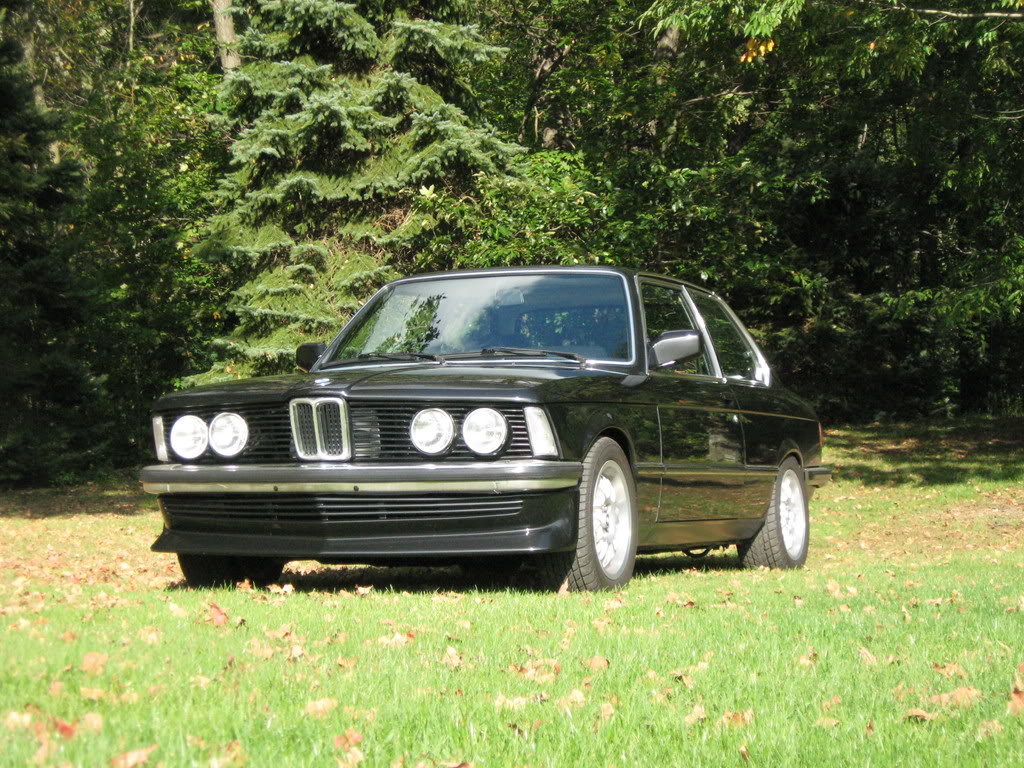BMW owners have a bizarre tendency to declare their particular chassis “The Last True BMW.” It is, of course, completely coincidental that someone’s opinion of what car constitutes The Last True BMW tends to perfectly coincide with the car they actually own, or, at least, a model or platform that BMW is no longer building.
These enthusiasts have perhaps been emboldened by automotive journalists, who after driving the latest and greatest Bavarian iron, eagerly exclaim that each new generation is The Last True BMW (if they like it) or that the previous generation was The Last True BMW (if they didn’t).
The proliferation of this attitude is nothing new. It’s something of a meme within the BMW community that every one of us personally believes that we have the last, greatest, and purest, BMW ever made. This opinion has a tendency to hurt some very good cars. In many cases, the cars become more well-respected throughout their run, becoming regarded as The Last True BMW almost immediately after the release of their successor.
Some BMWs never shake that reputation, though, and are left to languish in distant corners of the parking lot at BMW meets. These cars are beloved only by their owners, who know the secret and have long since tired of trying to clue the rest of the BMW enthusiast community at large into what they’re missing.
The most notable example of this is the E21, the very first 3 Series, which had the misfortune of becoming the car that succeeded the much-loved 2002. Conceived during the fuel crisis, and being designed from the outset as a luxury-laden car designed to bring new blood to the brand, the E21 seems almost doomed from the start.
At the time, journalists and BMW enthusiasts alike seemed to hate the new car. In retrospect, they likely would have hated anything that replaced the legendary 2002. The fact that the E21 was subsequently succeeded by the beloved E30 doesn’t help matters, either. It was more or less stuck in the middle and forgotten.
That’s unfair to the E21, which is a great car in its own right. From a styling standpoint, the E21 more or less introduced the concept of a family resemblance within the BMW model range, a much-loved tradition that holds true to this very day.
Inside, the driver-focused cockpit and soft-touch materials that would eventually become much-lauded standard fare on BMWs first found their home in the E21. Indeed, the E21 broke new ground in a lot of ways, but it was still a BMW through and through, and most certainly drove like one.
Forgiving the heavy, federally-mandated diving-board bumpers, it’s an attractive car, too, and holds a lot of potential for those who like to tinker. A small but dedicated aftermarket following allows for engine swaps for just about anything you can imagine, from more-modern BMW four-cylinders to mighty inline sixes like the S52.
If you want the very best factory standard E21 you can get—in the U.S., at least—keep your eyes peeled for a 320is, released in 1977. Fitted with Recaro seats, an upgraded suspension, and mesh BBS wheels, the 320is also featured numerous luxury features, such as a sunroof and an upgraded stereo. Charmingly, the 320is also came with an expanded toolkit.
The 320is was the sporting model of the E21 for the U.S., and first used an emissions-choked two-liter M10 engine stifled with a thermal reactor. For the 1980 model year, the 320is switched to using the M10B18 SOHC four cylinder, which exhaled through a three-way catalytic converter with Bosch lambda sensor in the mix as well. The absolute pinnacle of the E21 range, however, is the 323i. Never sold in the U.S., this model came with an M20B23 six-cylinder engine equipped with Bosch K-Jetronic fuel injection, and also proved to be a popular modification basis for Alpina. A dead giveaway of an E21 323i is the dual exhaust poking out from beneath the rear end.
I’d like to invite E21 owners the opportunity to reach out in the comments to share their ownership experiences, and well as what you love most about your cars. Maybe it’s time we turned the tide.—Cam VanDerHorst
[Photos courtesy Josh Cook.].
